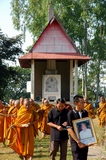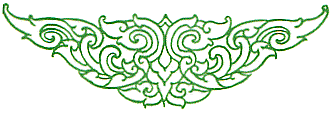FUNERAL
Increase or decrease font size for easier reading : A+ A-
งานศพ or "GNAN SOP" means ceremony for deceased persons. A feast is organised to honor the deceased person. The ceremony date is scheduled by monks.
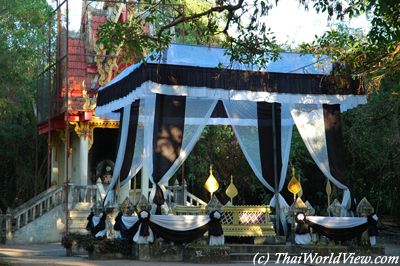
Before cremating a body, a last rite is performed. The dead body's face is washed with the juice of a green coconut. This water is supposed to purify the deceased.
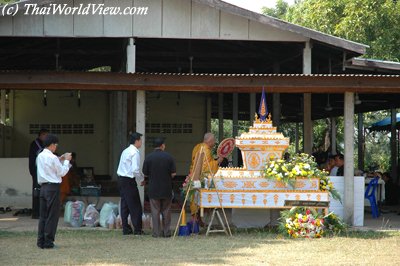
On the cremation day, the coffin is carried from home to the Buddhist temple. Heading the funeral cortege, there are monks and the deceased's son or grand-son who become a temporary monk for this funest occasion. They hold a sacred thread, which is attached to the coffin.
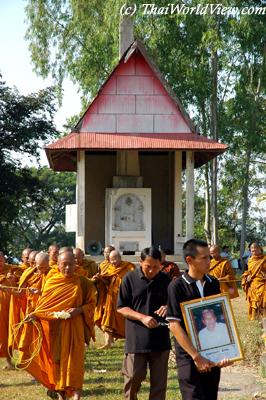
The undertaker puts a coin inside the mouth of the deceased. This coin is called เงินปากผี. It is used to pay fees during his long journey.
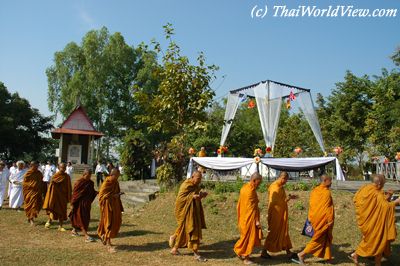
Monks walk three times with the coffin around the funeral pyre. These three times walk are linked to Buddhist beliefs, i.e. life impermanence, the life suffering, the life vaccuum.
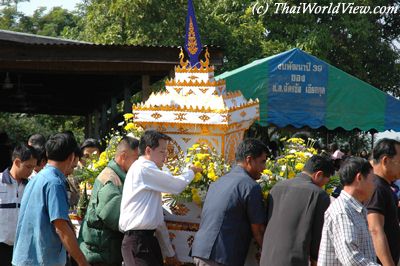
Before the cremation ceremony, guests lay down flowers, incense sticks and candles in front of the coffin.
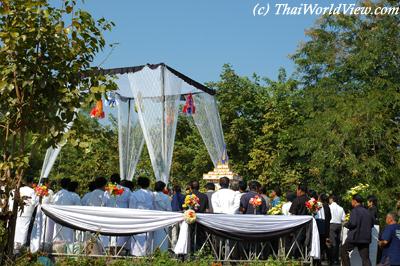
After cremation, remaining ashes are buried in the cemetary for poor people. For rich people, ashes are stored in a cinerary urn (โกศ) kept at home or inside small niches in temple walls or under a small pagoda.
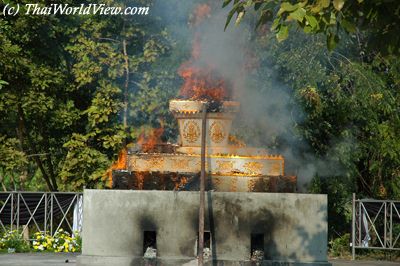
People were especially afraid of ghosts during wakes. Nowadays this is less true. Sometimes people want monks to leave as soon as the funeral rites are over so that they can drink and gamble!
comments powered by Disqus

